US regulators have not allowed Neuralink, Elon Musk’s company, to test their brain implants on humans. This while the company has performed animal testing and has a long-term goal of enabling paralyzed people to walk or restoring sight to the blind. In question: problems on the lithium battery, the way in which the chip can be removed or the stability of the son of the implant. The cyborg still seems far from us.
In 2016, Elon Musk founded Neuralink: a start-up specializing in human-machine interface. Last November, he claimed that he only needed a few more months before he could fit a human being with a Neuralink implant. A statement that its founder has made regularly for several years. As usual, Elon Musk was confident, and said he had submitted most of the documents requested by regulators and was in constant discussion with them. It was without counting on the Food and Drug Administration American (FDA), which did not accept Neuralink’s request for authorization to test its chips on humans.
Neuralink rejected by the FDA: no tests on humans
It’s the news agency Reuters which reveals the information based on seven employees, some still in place, others who are no longer with the company. Neuralink would have requested authorization in early 2022, long after Elon Musk’s first grandiloquent promises. A request rejected, but which we have not heard of.
According to employees, the agency pointed to dozens of issues the company needs to address before human testing (some being ” relatively minor ”), even though it is a critical step in the implant design process. Without human testing, no commercialization would be possible. They add that ” the agency’s main safety concerns centered on the device’s lithium battery, the potential for the implant’s tiny wires to migrate to other areas of the brain, and whether and how the device can be removed without damaging brain tissue “.
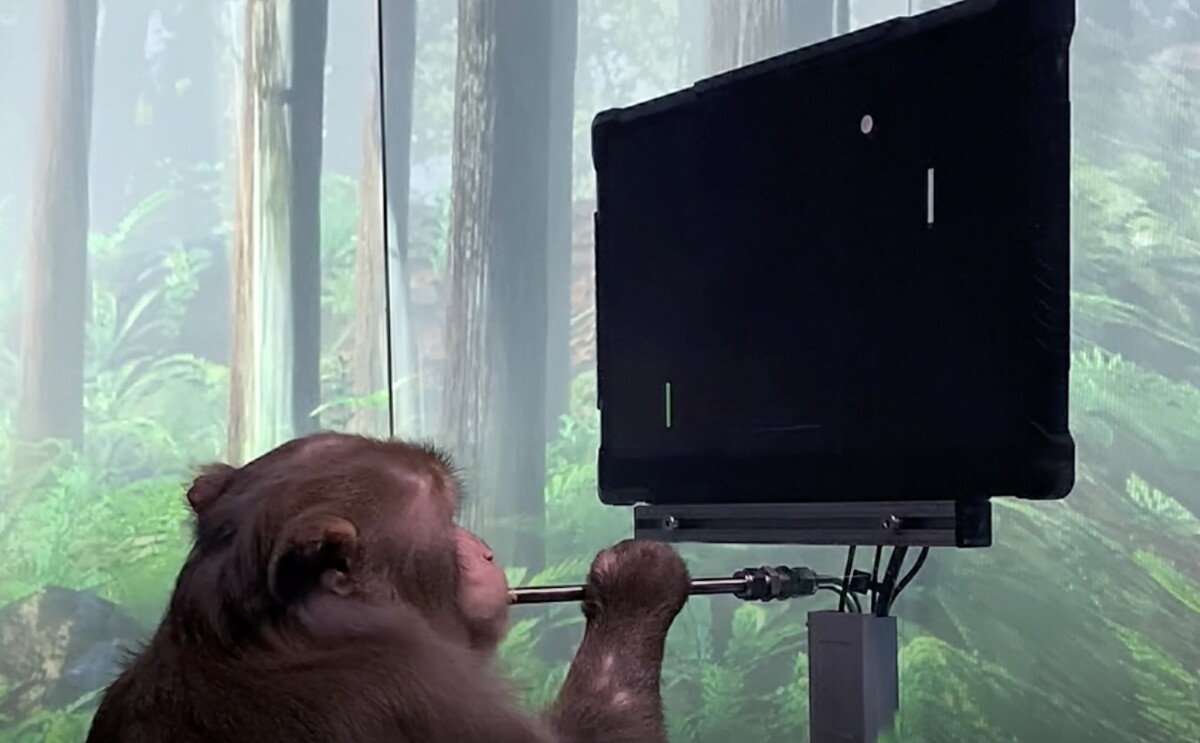
For some brain implant experts, if the battery were to fail, it could potentially damage brain tissue. Some employees say the FDA felt Neuralink needed to further demonstrate the reliability of the lithium batteries used. A demonstration all the more complicated as Neuralink seeks to be able to recharge them remotely. As for the sons, they could induce inflammation, impair function in critical areas of the brain and rupture blood vessels “and could” erode device efficiency according to Victor Krauthamer, a former FDA official for thirty years. This is due to the fact that the brain is a very delicate and above all very soft organ. For the Food and Drug Administration, the chip must be removable without damaging brain tissue and must not produce overheating. While Neuralink has acknowledged some weaknesses in the past, the company has downplayed them. As indicated Reuters in his article, neuroscience and industry experts disagree on Neuralink’s responses to FDA requirements.
The Neuralink implant would still be far from being able to be tested on humans
Neuralink would strive internally to solve all these problems in order to be able to test its implant as quickly as possible. However, for three employees, the company would be far from resolving all these worries quickly. Information is also scarce: Neuralink has not formalized its trial application, nor the reasons for its rejection by the FDA. It is also not required to disclose its information to its investors, who may represent a source of leaks in the media. In an internal document, Reuters said to learn that ” Neuralink expected the FDA to clear human trials for its brain implant by March 7, 2023. »
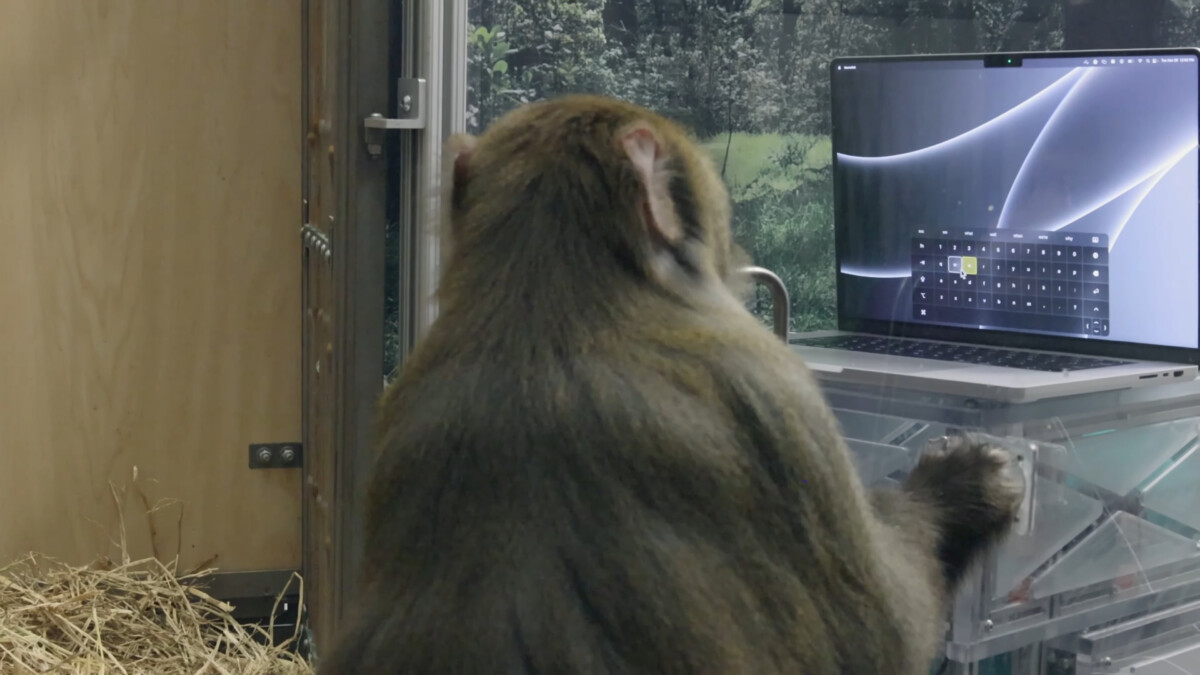
This does not mean that Neuralink will never be able to test its implants. If it fixes the issues highlighted by the FDA, it could get future approval. On the other hand, according to a dozen experts interviewed by Reuters“ the agency’s refusal is a sign of serious concerns “. They recall that ” this rejection also increases the stakes and the difficulty of the company’s subsequent applications for authorization. “This is all the more the case since the FDA” claims to have approved about two-thirds of all human trial applications for devices on the first attempt over the past three years “. Internally, some employees would have a negative view of the FDA: the institution represents a generally slow government that stifles innovation.
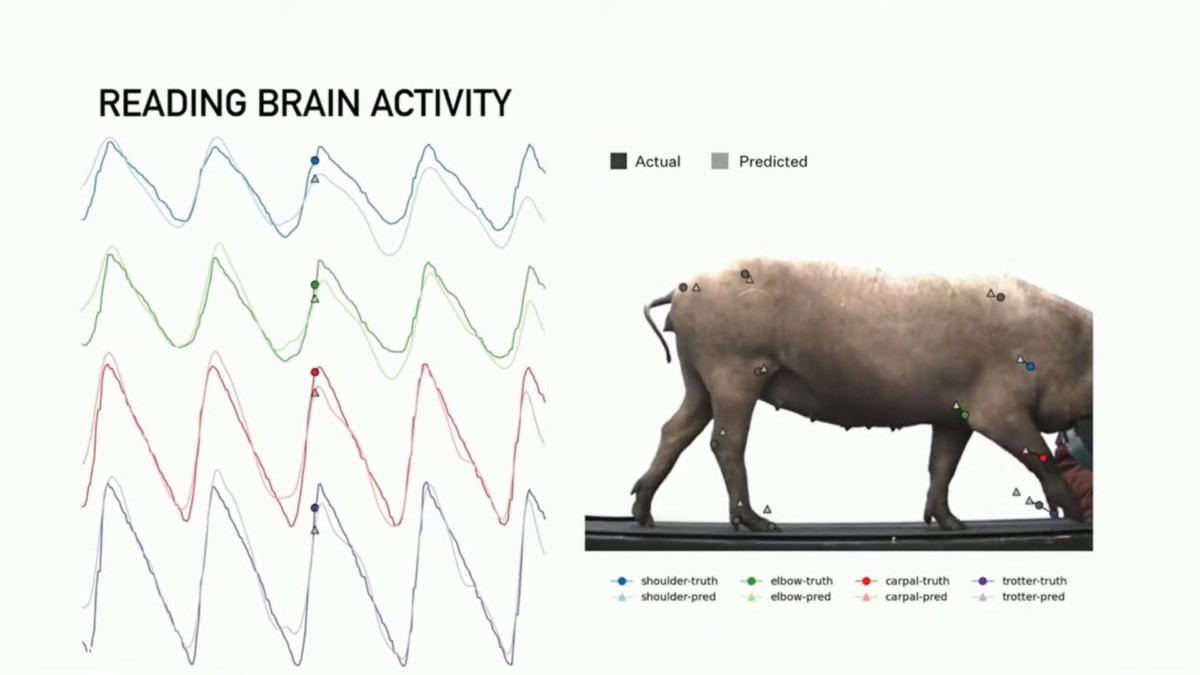
If Neuralink fails to get permission after three attempts, the company may give up to focus on other projects. Even in the event that it obtains an approval, obtaining that of marketing is even more difficult.
It’s still a medical chip, and the FDA can’t afford to allow any company to test neurological devices without certain safeguards. Moreover, she herself suffered controversy after approvals, “ such as the authorization in 2021 of a treatment for Alzheimer’s disease without conclusive proof of its effectiveness. Nevertheless, the FDA, particularly under pressure from Congress (through the enactment of federal laws), has accelerated review procedures for human brain device testing. Now, it has only thirty days to respond to requests for human trials.
Why Neuralink can’t move forward: because it’s moving too fast
The controversies about Neuralink are plural and increasingly seem to stem from a systemic problem, more structural than financial or human. For some of its employees, Neuralink’s regulatory challenges stem largely from its culture “. Elon Musk obliges, Neuralink is making great strides with ambitious goals in a very short time. An operation that seems similar to what Elon Musk applies with his other companies: Tesla, SpaceX (in particular with Starlink) and more recently Twitter. If this culture is strongly criticized by the employees, it would seem that there remains a core composed of employees loyal to the company, as well as certain industrial investors. The stakes are high: while Neuralink is arguably the most high-profile brain device development company, it’s not the only one. The competition has been around for years and continues its work.
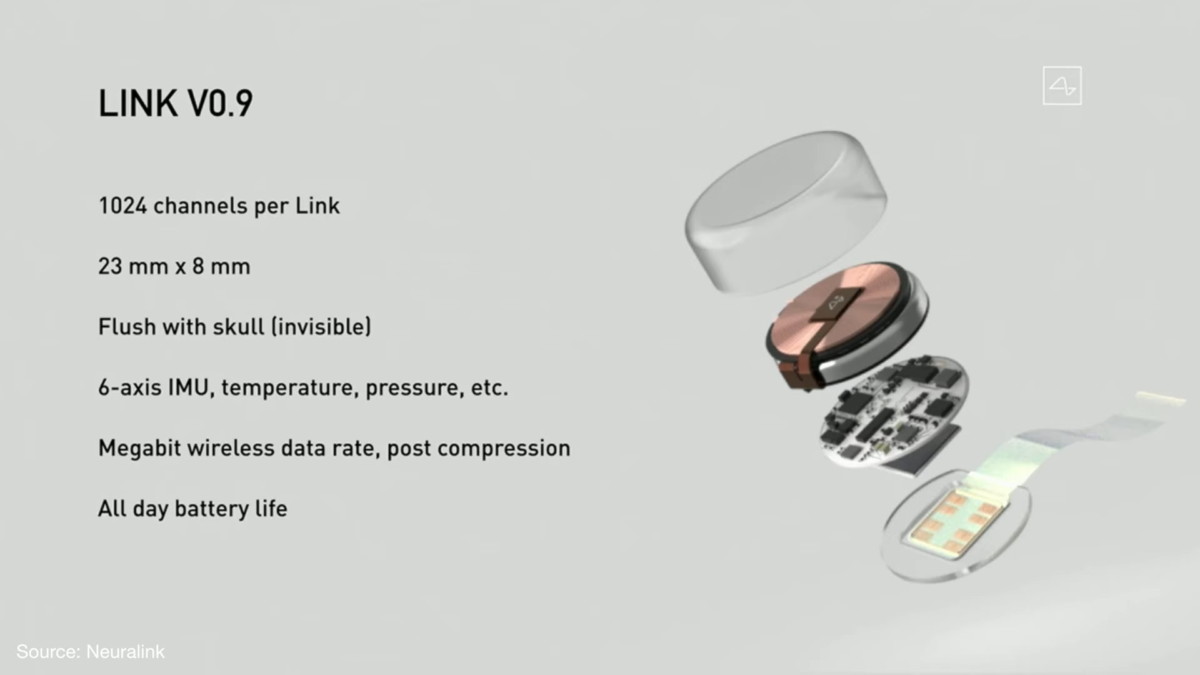
The problem is that this can lead to design errors, specific difficulties. In the case of Neuralink, the company is asked to go through human testing. But for this, every detail of the implant must respect safety protocols. The test request comes even as a federal investigation was opened last December into Neuralink for “ potential violation of animal welfare legislation “. Due to short deadlines and ever-increasing pressures, Neuralink would not have taken care of the animals used for its tests: even worse, many animal deaths would be due to human error. Last month, the US Department of Transportation opened an investigation for illegal transport of dangerous pathogens. Neuralink would have transported microchips taken from monkey brains, “ without appropriate containment measures. »
Elon Musk: a CEO who would be toxic for Neuralink
The investigation of Reuters goes beyond simply rejecting FDA clearance. As in previous revelations, there appears a toxic element for Neuralink: Elon Musk. More than a dozen employees told the news agency, a work environment, which while being demanding and ambitious, is also loose and disorganized. Of eight founders, almost all have left the ship: almost only the figure of Elon Musk remains, who would pay less attention to Neuralink than to his other companies. Tesla, SpaceX and even Twitter are producing more images and immediate results. Besides, ” Musk’s emails to Neuralink employees often come from his SpaceX address “, according to two people.

One of the strategies in line with Elon Musk’s vision of a company is to hire and promote young employees. Freshly graduated or still trainees, they would be legion at Neuralink, some teams being composed only of members under thirty years old. A strategy which, beyond its ideological aspect on the fact that young people would innovate better than older ones, saves money.
Elon Musk’s dream: the augmented human being
Reuters recalls that Neuralink “ would allow the paralyzed to walk, the blind to see, and eventually turn people into cyborgs.Evils that are intractable today, except thanks to certain devices that are still experimental.
Elon Musk has repeatedly presented his vision of Neuralink. As reminded Reuters he would like both disabled and healthy people will visit facilities in the neighborhood to have devices quickly inserted whose functions range from curing obesity, autism, depression or schizophrenia to navigation on the Internet and telepathy. The Neuralink chips could eventually make humans qualify as cyborgs.
The CEO of the company would also like the implants to be discreet, that it is not known who is wearing them and who is not wearing them. In 2020, he even went even further: “ You will be able to record and replay memories… The future is going to be weird. “A statement that is reminiscent of episode 3 of the first season of black-mirror(2011),Back to image. In it, most humans have a chip behind their ear that allows them to store their memories and rebroadcast them.
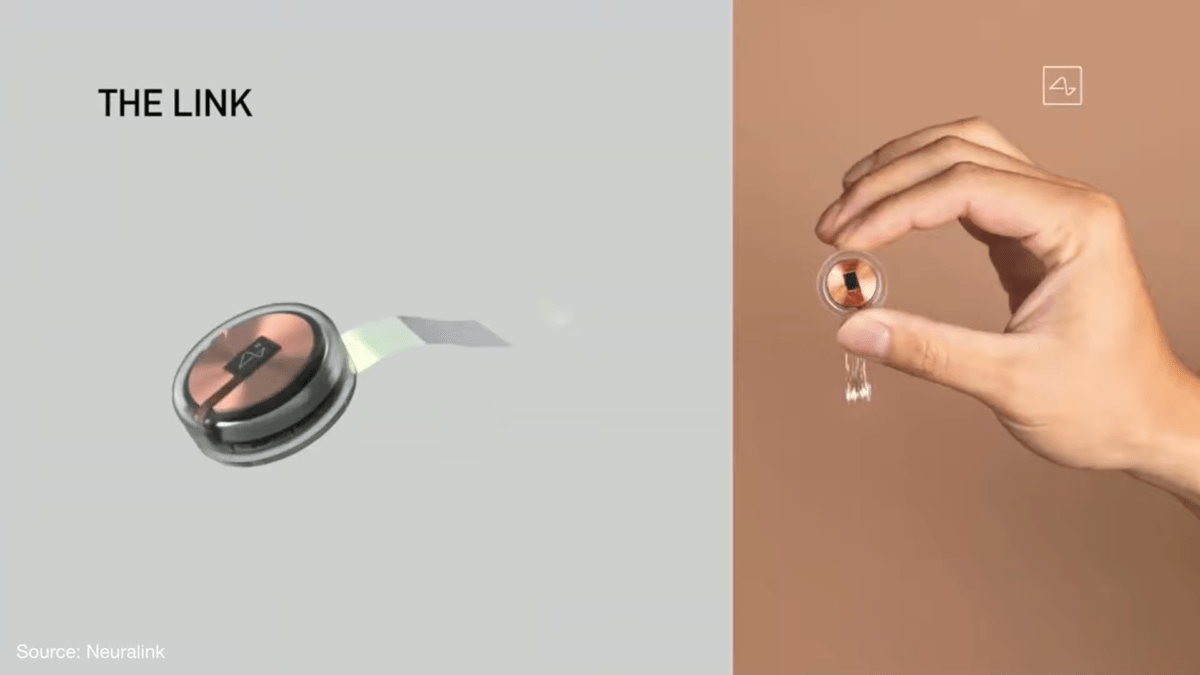
Some Neuralink executives, however, are more humble about the implant. Last month, vice president of engineering Dogjin Seo explained that the short-term goal was not to restore mobility to paralyzed patients, but to help them communicate via computer text, to avoid typing. on an eye-tracking keyboard.
Want to join a community of enthusiasts? Our Discord welcomes you, it’s a place of mutual aid and passion around tech.
